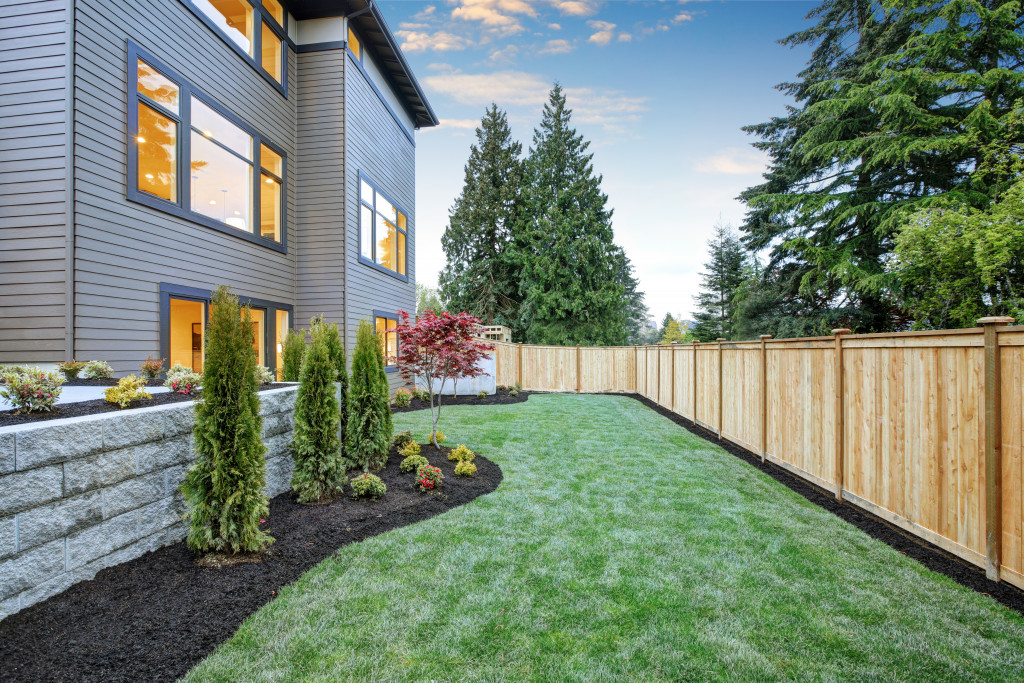Experts say that amid COVID-19, work-life balance is out, and work-life integration is in. While both concepts are valid ways to achieve a healthy equilibrium between our personal and professional lives, there are vital differences in the means they use to accomplish this worthy endeavor.
Here are some key differences between the two:
- Work-life balance sets a clear boundary between work hours and off-hours, while work-life integration acknowledges that when we work from home, these lines may be a bit more blurry.
- Work-life balance posits that we can keep the different areas of our lives separate. In contrast, work-life integration accepts that the various areas of our lives will meet no matter how hard we try to keep them separate, and the key is not to resist this fusion of different worlds but to create synergy among them.
- Work-life balance is all about creating rigid boundaries between our different roles and responsibilities. In contrast, work-life integration emphasizes gentle pivots rather than white-knuckling our way through the stresses of our everyday life.
While both approaches are valid and depend on your needs, goals, and lifestyle, work-life integration might be a good thing to consider, especially if you continue to work remotely. If you foresee yourself working from home for the long term, now is the time to work your space around this arrangement. Here are some pointers for improving work-life integration through interior design.
Invest in your home

Making the right investments when it comes to home upgrades is all about choosing projects. These will not only allow your home to increase in value but also make your home a one-stop shop for every need that may arise for you and your family. This means ensuring that your home is a place where you and your family members can stay physically, mentally, and emotionally healthy as well as productive. Your home needs to be a well-functioning office and workspace, while at the same time, it has to have spaces where you can move your body and stretch your muscles. Here are some worthy additions you can consider:
- If you have a big yard, consider hiring a tennis court contractor to help you install a court or a space that can double as an open area where you and your family can do some exercises under the sun.
- Install a quiet and organized homework station for your kids, especially if your family is the type to get distracted by socialization. They can certainly do their homework on the kitchen island while you cook. However, if they find it hard to concentrate with yummy food and other people, a homework station is needed. It is a quiet place where they can also attend their online classes, should the world go back to remote learning someday.
- Invest in your outdoor living areas as well. If there comes a time when dining out won’t be an option, a comfortable outdoor living area with a cooking station or barbecue station can be your family’s saving grace.
If the pandemic has taught us anything, it’s that our homes need to be all things to us if we want to be healthy in every way.
Keep your layout flexible
Work-life balance is all about creating clear boundaries between your off-duty and on-duty hours. Meanwhile, work-life integration is all about understanding that your work is now integrated into your daily routine and that you need to make space for it in your entire home, and not just necessarily in your office. Here are some tangible ways this principle can play out:
- Let your office feel like a home. This means applying the same kind of ethos that you use when designing your living space. Incorporate a dining table, a reclining chair that will allow you to rest for a bit, and even a comfortable couch. Add layers like throws, pillows, and blankets to encourage warmth and coziness in the space.
- Style it like a reading room or a library, more than just an office.
Maintain your boundaries
Even if you’re opting for the work-life integration approach, it doesn’t mean you have to shed your boundaries completely. No matter how good you are at integrating your professional and personal life, you still need the time to unplug from your work duties. Set aside time throughout your workday to get some coffee or take a breather in your outdoor living space. Listen to your body and mind when they are tired, and design your space in ways that will allow you to work and rest throughout the day.

